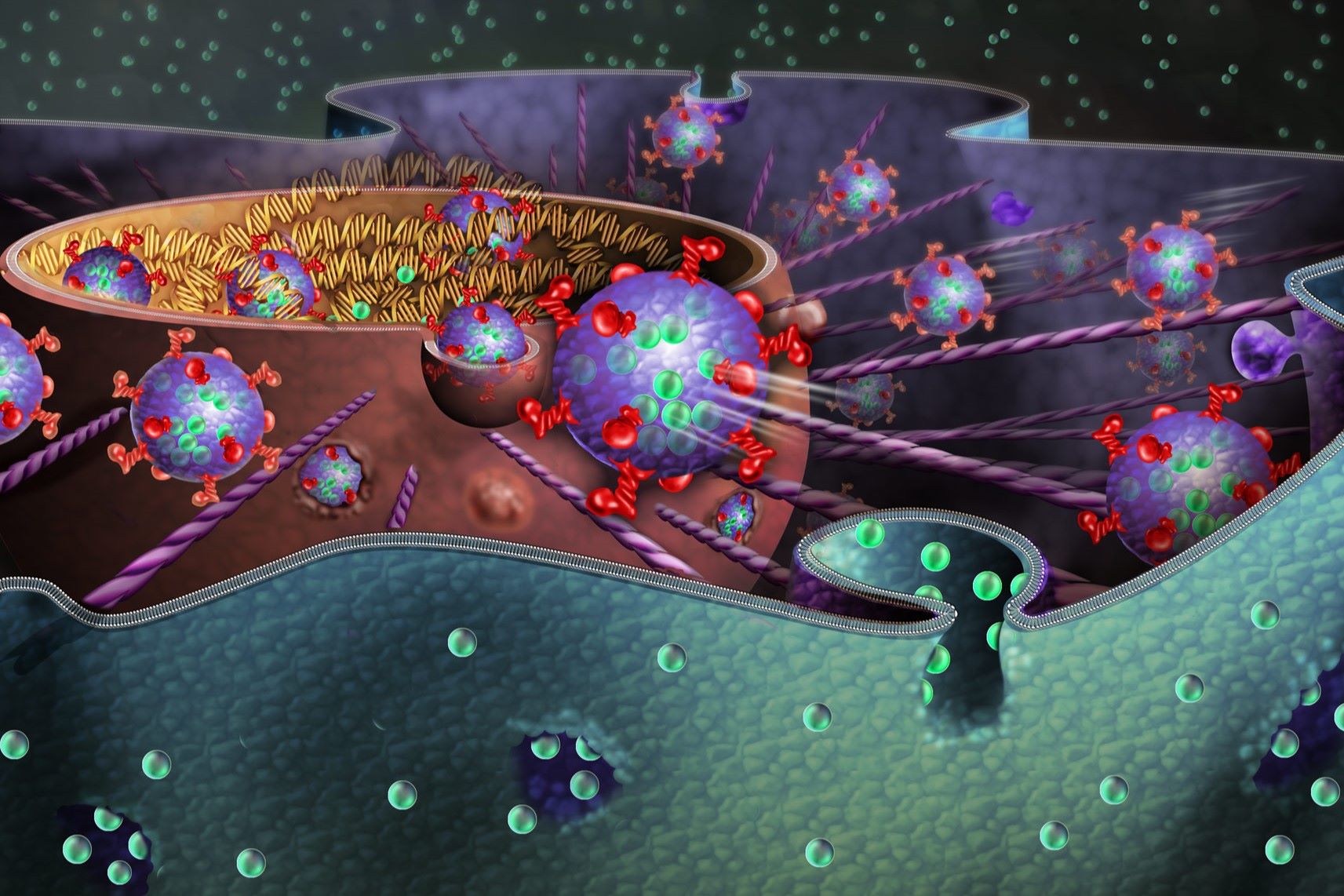
Pinocytosis is a fascinating cellular process that plays a crucial role in how cells absorb nutrients and fluids. Ever wondered how cells "drink"? That's pinocytosis in action! This process involves the cell membrane engulfing tiny droplets of extracellular fluid, forming small vesicles that are then transported into the cell. Think of it as the cell taking tiny sips of its surrounding environment. Pinocytosis is essential for maintaining cellular health and function, especially in nutrient uptake and waste removal. Understanding this process can shed light on various biological mechanisms and even medical advancements. Ready to dive into 17 intriguing facts about pinocytosis? Let's get started!
What is Pinocytosis?
Pinocytosis, often called "cell drinking," is a type of endocytosis where cells engulf extracellular fluid. This process helps cells take in nutrients and other necessary substances from their environment.
- Pinocytosis involves the cell membrane folding inward to form a pocket around the fluid.
- The pocket then pinches off inside the cell, forming a vesicle filled with the engulfed fluid.
- This process is essential for nutrient absorption in many cell types, including those in the intestines and kidneys.
How Does Pinocytosis Work?
Understanding the mechanics of pinocytosis can shed light on how cells maintain their internal environment.
- The cell membrane's flexibility allows it to form vesicles around the fluid.
- Proteins called clathrins often help in forming these vesicles.
- Once inside, the vesicle can fuse with lysosomes, which break down the contents for use by the cell.
Types of Pinocytosis
There are different forms of pinocytosis, each with unique characteristics.
- Micropinocytosis involves the formation of small vesicles, usually less than 0.2 micrometers in diameter.
- Macropinocytosis forms larger vesicles, often used by immune cells to sample their environment.
- Some cells use receptor-mediated pinocytosis, where specific molecules trigger the process.
Importance of Pinocytosis in Cells
Pinocytosis plays a crucial role in various cellular functions.
- It helps cells take in essential nutrients like amino acids and sugars.
- This process also aids in removing waste products from the extracellular fluid.
- In immune cells, pinocytosis helps detect pathogens and other foreign substances.
Pinocytosis vs. Phagocytosis
While both are forms of endocytosis, pinocytosis and phagocytosis serve different purposes.
- Phagocytosis involves engulfing large particles like bacteria, whereas pinocytosis deals with fluids.
- Phagocytosis is mainly performed by specialized cells like macrophages, while pinocytosis occurs in many cell types.
- The vesicles formed during phagocytosis are generally larger than those in pinocytosis.
Real-World Applications of Pinocytosis
Pinocytosis has practical applications in medicine and research.
- Understanding pinocytosis can help in developing drug delivery systems that target specific cells.
- Researchers study pinocytosis to learn more about cell behavior and disease mechanisms.
And there you have it, a concise look at pinocytosis and its significance in cellular biology.
The Final Sip
Pinocytosis, often called "cell drinking," plays a crucial role in how cells take in nutrients and fluids. This process helps maintain cell health by allowing them to absorb essential molecules like proteins and fats. Without pinocytosis, cells would struggle to get the nutrients they need to function properly.
Understanding pinocytosis gives us insight into how our bodies work at a microscopic level. It’s fascinating to think about how such tiny processes have such a big impact on our overall health.
Next time you drink a glass of water, remember that your cells are doing something similar on a much smaller scale. They’re constantly working to keep you healthy, one tiny sip at a time. So, the next time you think about cellular processes, give a nod to pinocytosis for its vital role in keeping us going.
Was this page helpful?
Our commitment to delivering trustworthy and engaging content is at the heart of what we do. Each fact on our site is contributed by real users like you, bringing a wealth of diverse insights and information. To ensure the highest standards of accuracy and reliability, our dedicated editors meticulously review each submission. This process guarantees that the facts we share are not only fascinating but also credible. Trust in our commitment to quality and authenticity as you explore and learn with us.


